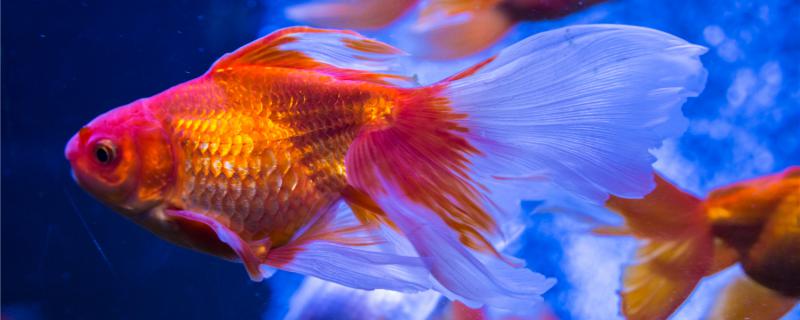
gill bleeding? After gill bleeding, the first thing to do is to stop eating, because at this time the fish's appetite is not high, and feeding will pollute the water body, which is not conducive to its recovery. After stopping eating, we should first use the old three methods to see if it is caused by stress, and let the fish recover by changing water, warming up and adding salt. If it is not cured, it needs to be treated with drugs, such as malachite green, which can be soaked for 15-30 minutes.
? 1. Water fluctuation: Fish gill bleeding may be caused by stimulation, which is not dangerous, but it should be noted that the water quality or temperature fluctuates greatly. Do not change too much water at ordinary times, nor can you change it too frequently. In addition, the temperature should be controlled, and the temperature difference of one day should be kept within 2 degrees Celsius.
2. Bacterial infection: Bacterial infection can also cause gill bleeding, which is mostly Saprolegniasis, and the gill filaments will turn white. If you want to treat it, you need to mix 50 grams of salt and baking soda, put them into 10 kilograms of water, stir them well and then soak the fish for only 15-20 minutes.
3. Parasites: Parasite infection can also cause fish gills to have bleeding symptoms. It may be dactylogyrus, trichodina, myxosporidia, etc. The key to treatment is to kill insects. You can mix crystal trichlorfon into water to make a solution, and then soak the sick fish for 10-15 minutes. After the parasites are eliminated, the fish will recover slowly.